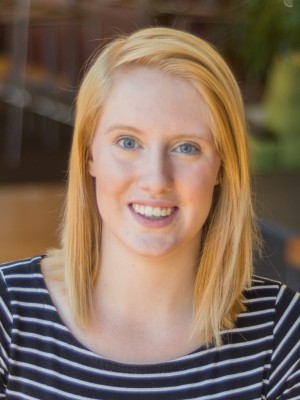Celebration of Scholars
Canopy Near-infrared Observing Project (CaNOP)
 Name:
Laura Hammock
Name:
Laura Hammock
Major: Neuroscience
Hometown: Plymouth, MN
Faculty Sponsor:
Kevin Crosby
Other Sponsors:
Type of research: SURE
Funding: WSGC
 Name:
Jeremiah Munson
Name:
Jeremiah Munson
Major: Physics
Hometown: Rushford MN
Faculty Sponsor:
Kevin Crosby
Other Sponsors:
Type of research: SURE
Funding: WSGC
